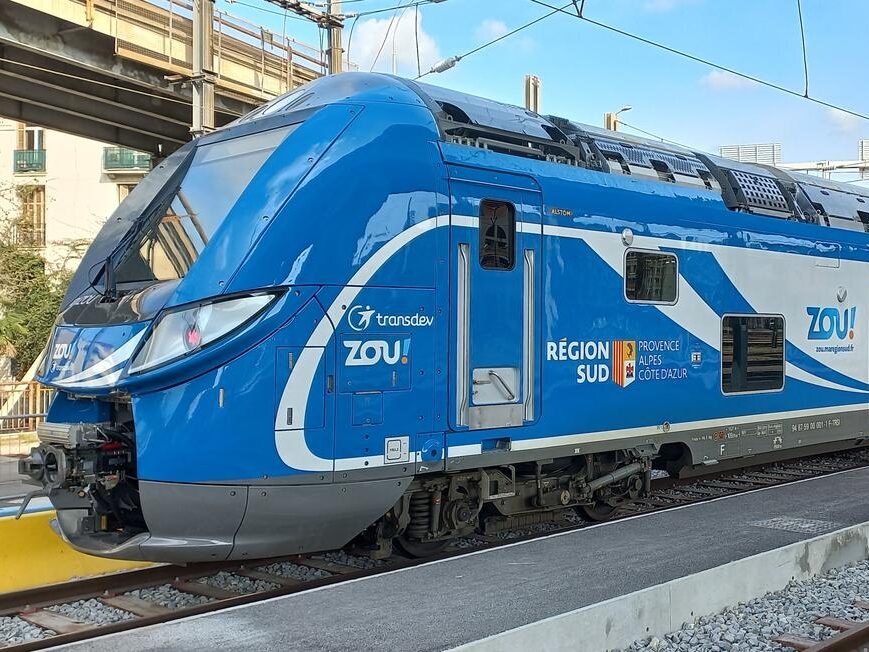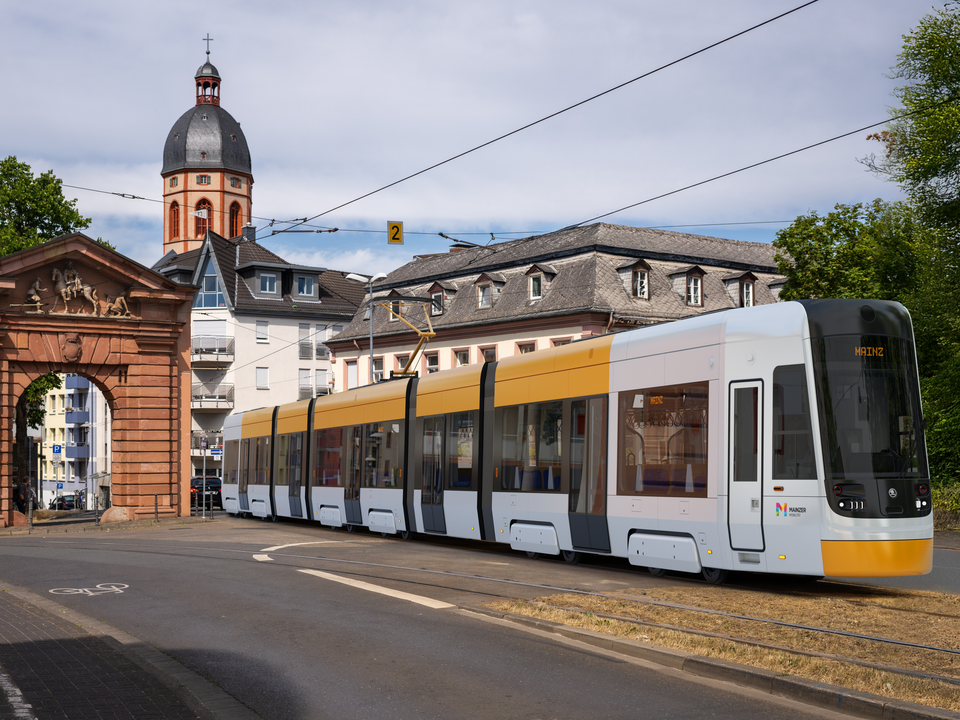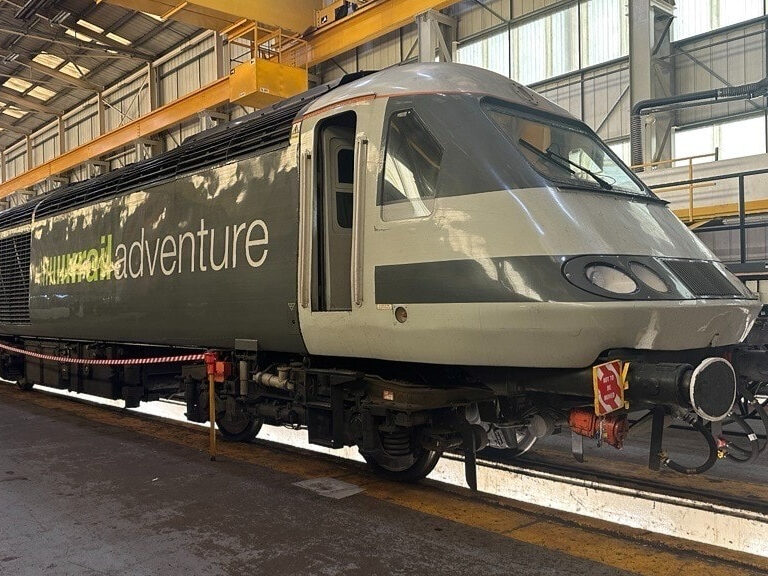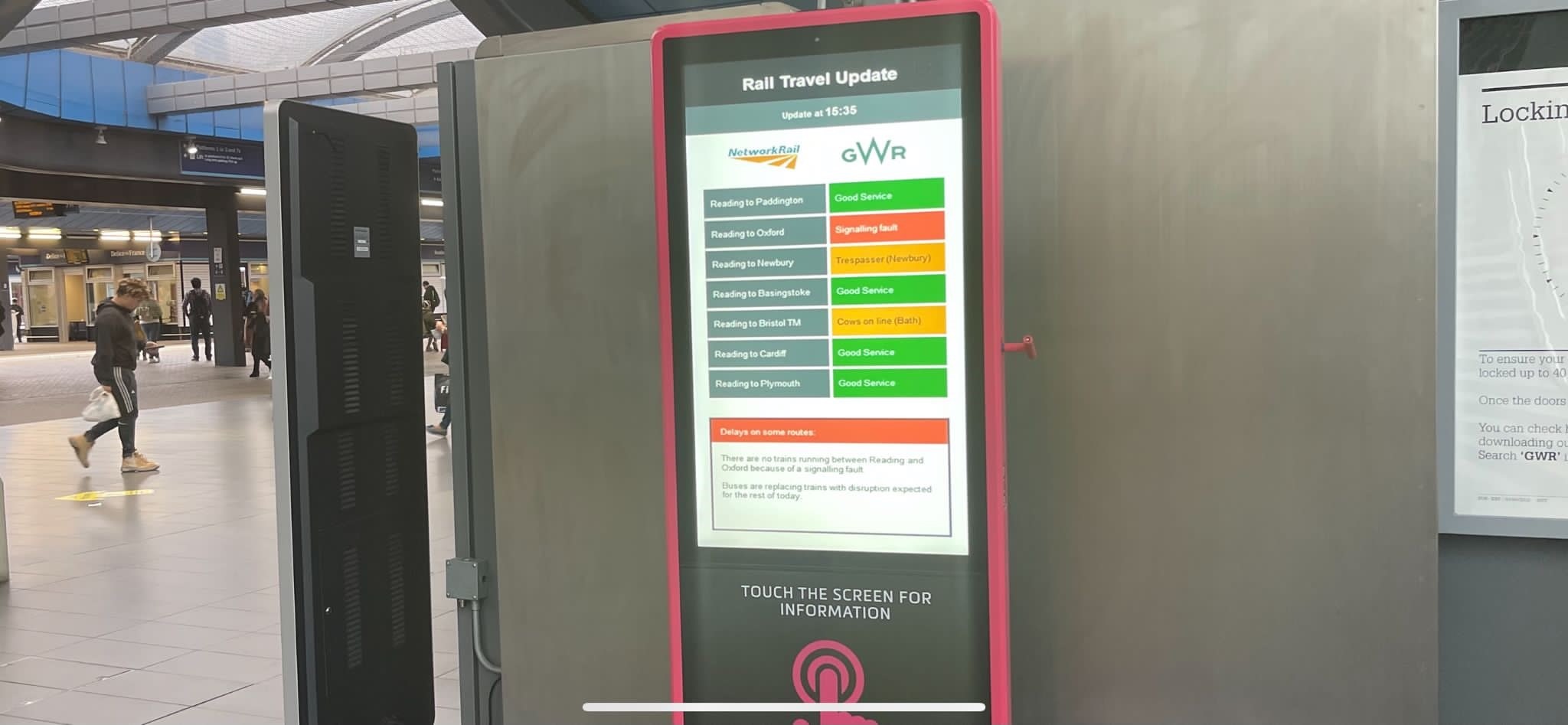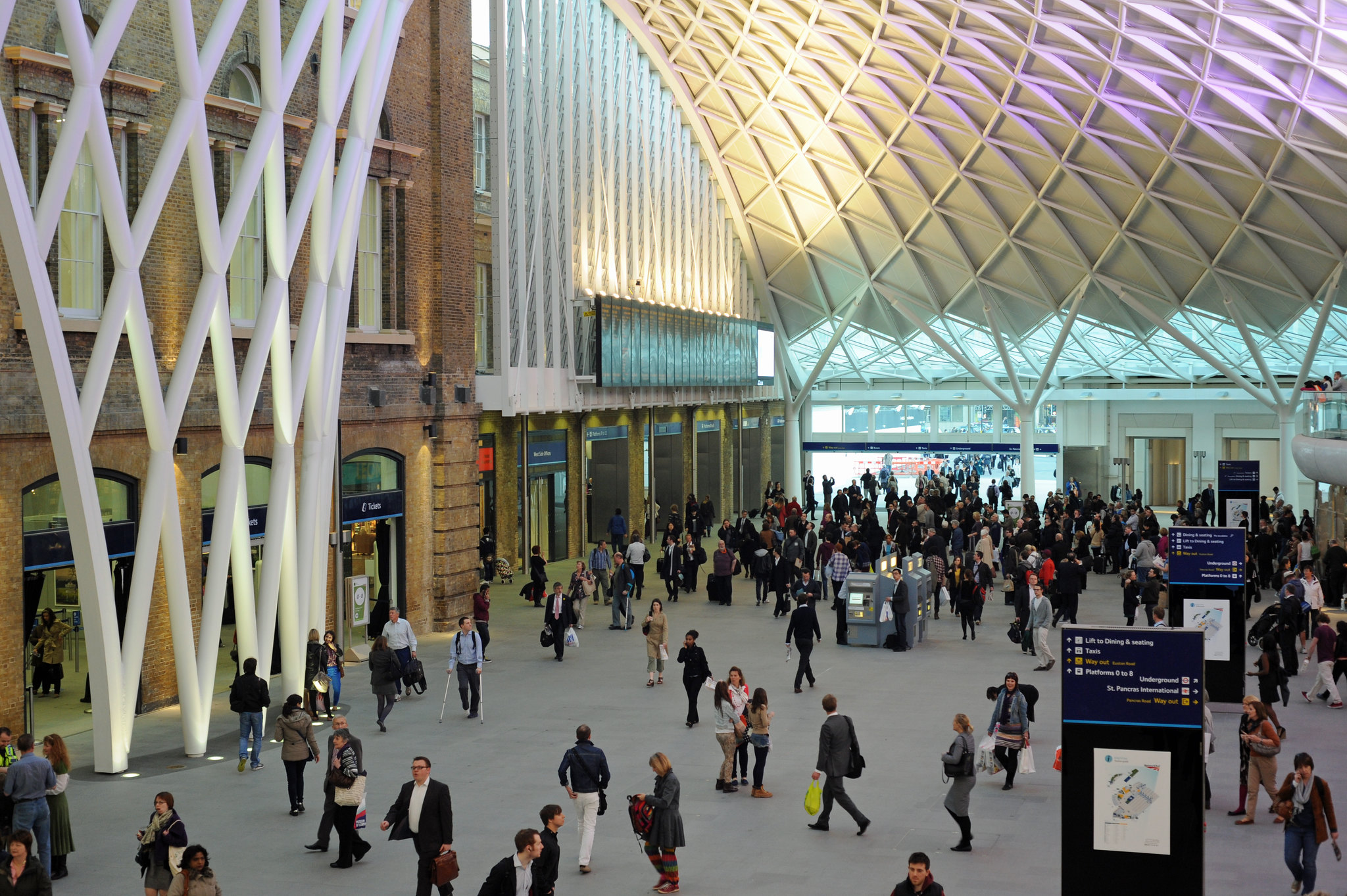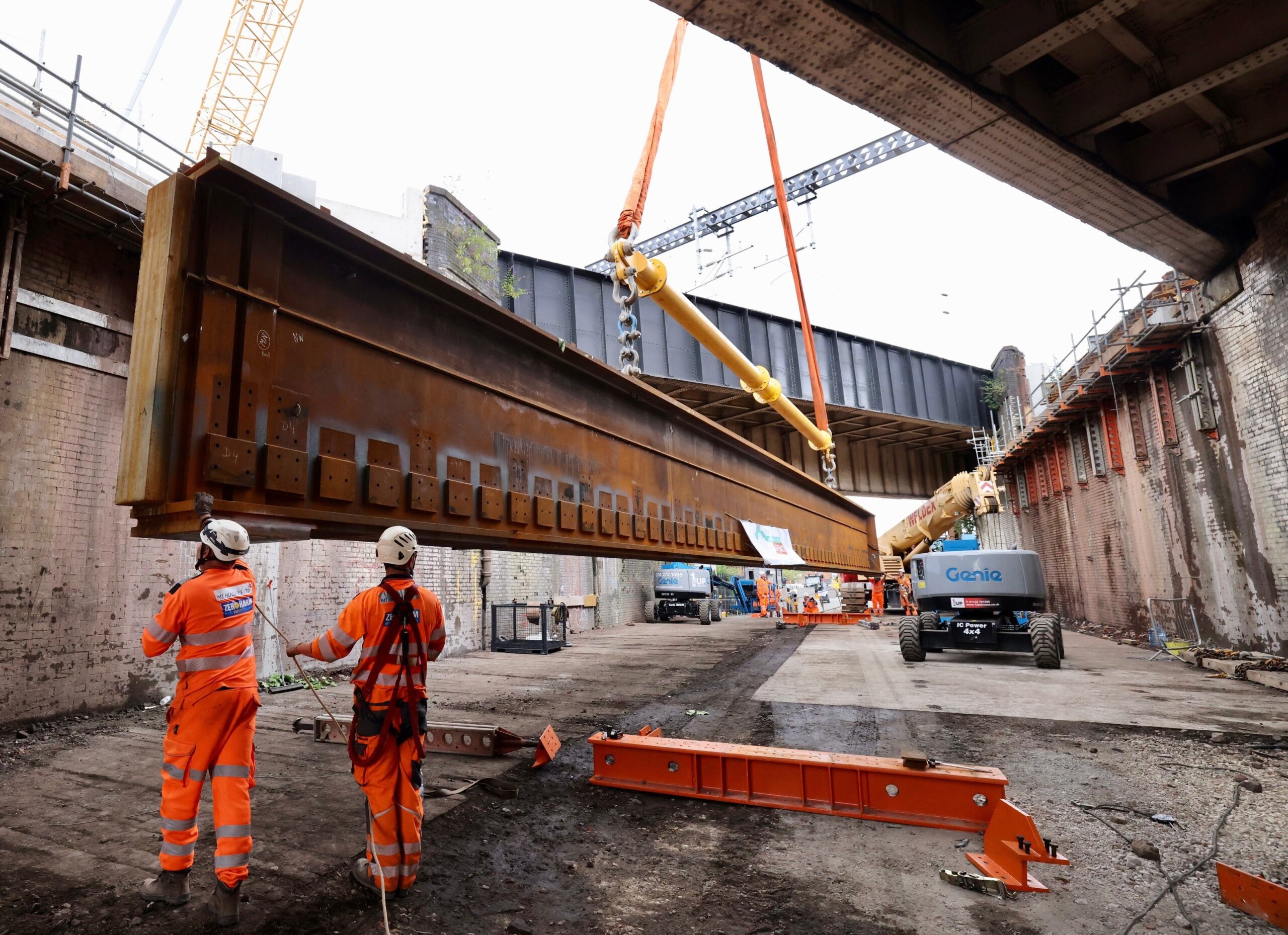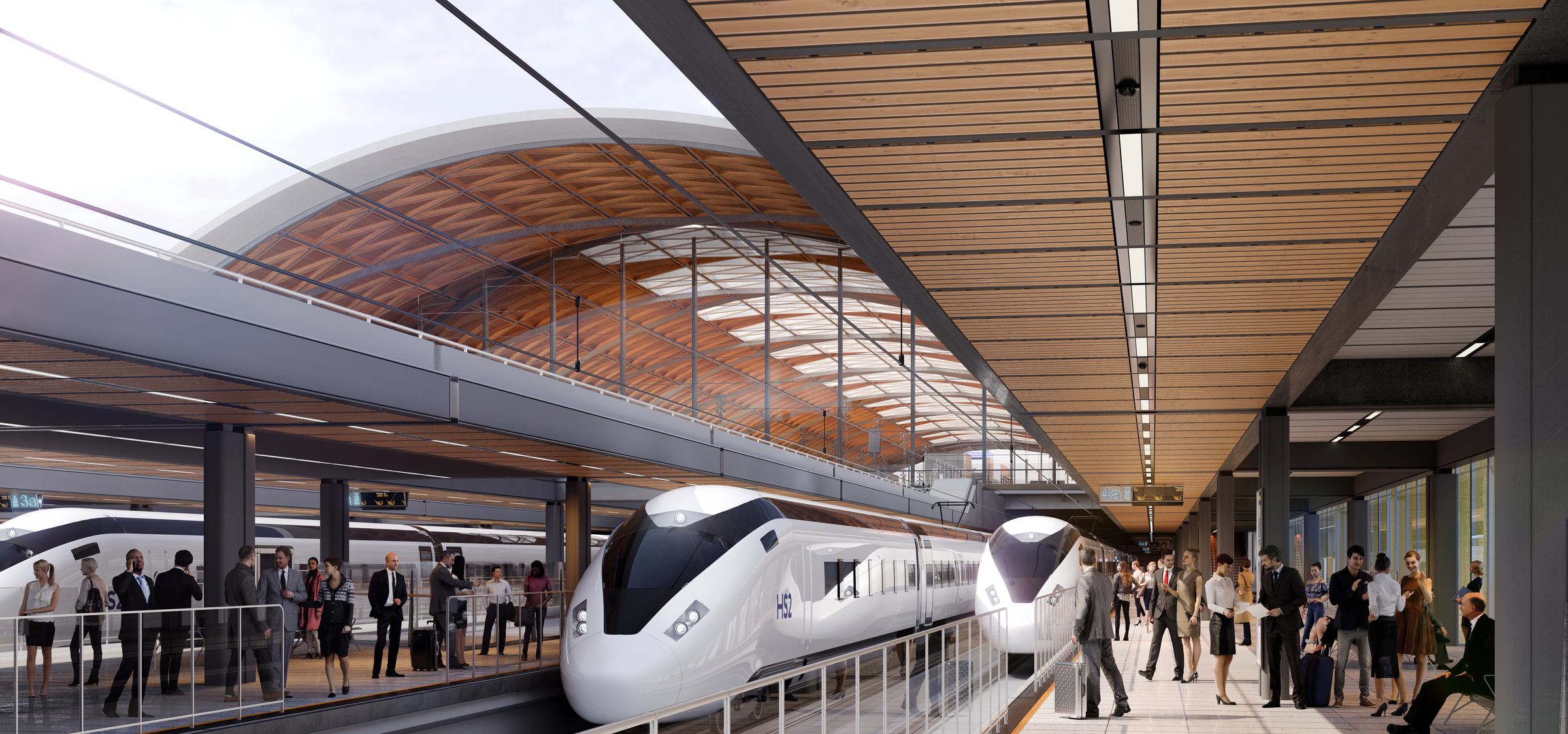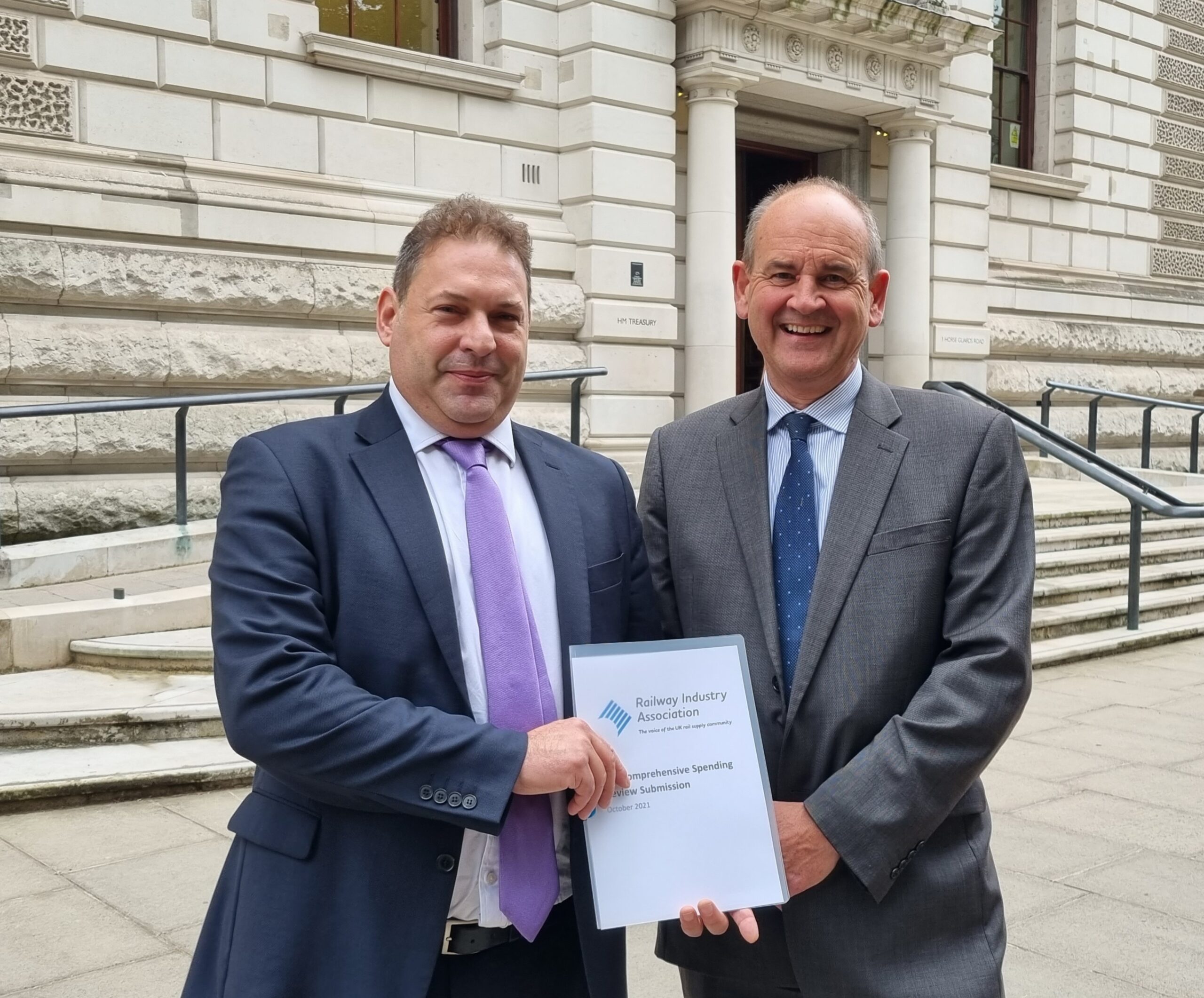On 31 October 2021 a South Western Railway (SWR) passenger service travelling from London Waterloo to Honiton collided with a Great Western Railway (GWR) passenger service travelling from Portsmouth Harbour to Bristol Temple Meads.
The collision occurred at Salisbury Tunnel Junction on the approach to Fisherton Tunnel near Salisbury.

The Salisbury Tunnel Junction allows the Up and Down Dean lines to merge with the Up and Down Main lines. In its statement, the Rail Accident Investigation Branch (RAIB) said that the GWR train was travelling on the Down Dean line and was merging with the Down Main line. The SWR train was travelling on the Down Main line towards the junction.
The collision caused the two front coaches of the SWR train and the two rear coaches of the GWR train to derail. Both trains continued moving into the Fisherton Tunnel after the collision before coming to a stop. Thirteen passengers and one member of staff needed hospital treatment. Fortunately no lives were lost. There was also significant damage to both the trains and the infrastructure.
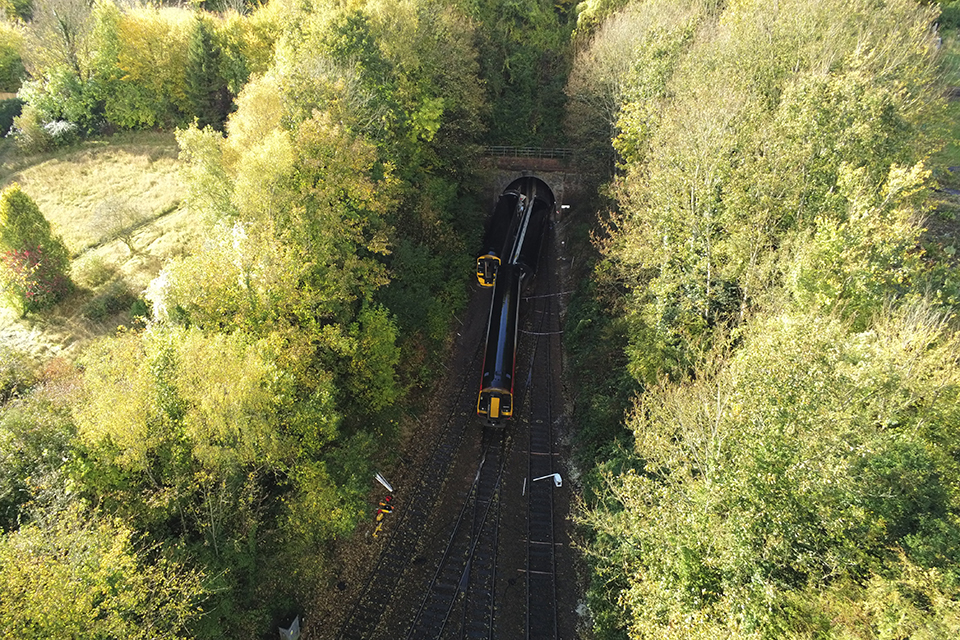
The preliminary investigation conducted by the RAIB determined that the GWR train across the junction was being protected from trains approaching on the Down Main line by signal SY31, which was red (at danger). The SWR train passed this signal at danger by approximately 220m.
The RAIB said that a first examination of the data from the On Train Data Recorder on the SWR train has revealed that the driverinitially applied service braking to slow the train on approach to the caution signal before signal SY31. Around 12 seconds after the service braking started, the driver made an emergency brake demand. As the train approached the signal SY31, and with the emergency brake still being demanded by the driver, a second emergency brake demand was made by the train protection and warning system (TPWS). These emergency brake demands did not prevent the train from reaching the junction, where the collision occurred. OTDR analysis indicates that wheel slide was present both when the driver applied service braking and after emergency braking was demanded. This was almost certainly a result of low adhesion between the train's wheels and the rails.
The Rail Accident Investigation Branch will now look at identifying the sequence of events that led to the collision. To do that, it will examine the following factors:
- the level of wheel/rail adhesion
- the status and performance of the braking, wheel slide protection and sanding systems on the SWR train
- the behaviour of the two trains during and after the impact
- SWR policies regarding low wheel/rail adhesion
- Network Rail policies regarding low wheel/rail adhesion and the associated managed risk
- the process used to assess and control the risk of overrun at signal SY31
- any relevant underlying factors
The RAIB investigation is independent of investigations by the industry, the British Transport Police or by the Office of Rail and Road (ORR).
Andrew Hall, Deputy Chief Inspector, Rail Accident Investigation Branch, said:A team of RAIB inspectors arrived on site on Sunday evening and were joined yesterday by additional inspectors and our support team. We are working alongside partner organisations including the Office of Rail and Road (ORR) and BTP. Our investigation is progressing well.
Yesterday our focus was on evidence retrieval, we have been working with Police scene officers to examine the train. We have also undertaken a close examination of the track and signalling in the area and started to talk to those involved. Analysis of downloads from the trains’ data recorders, electronic data from the signalling system and CCTV imagery is ongoing.
From the initial evidence we have collected, we know that that the passage of the Great Western train travelling from Eastleigh across Salisbury Tunnel Junction was being protected by a red signal. At this junction, trains coming from Eastleigh merge with those from Basingstoke, so the South Western service coming from Basingstoke was required to stop at that signal.
Unfortunately, it did not stop and struck the side of the Great Western train at an angle such that both trains derailed and ran alongside each other into the tunnel just beyond the junction.“Initial evidence indicates that the South Western train driver applied the brakes as it approached the junction and the red signal, but the train was unable to stop before passing the signal.
This evidence suggests that the most likely cause of this was wheelslide, almost certainly a result of low adhesion between the wheels and the track. We are continuing to pursue this as a line of investigation amongst others.
In consultation with other parties, we continue to work with the railway recovery engineers to ensure that the site is handed back in the shortest time possible. We intend to begin releasing parts of the site back to Network Rail later today.
Later this week we’ll be releasing the initial findings of the investigation, these will be publicly available on our website.

















